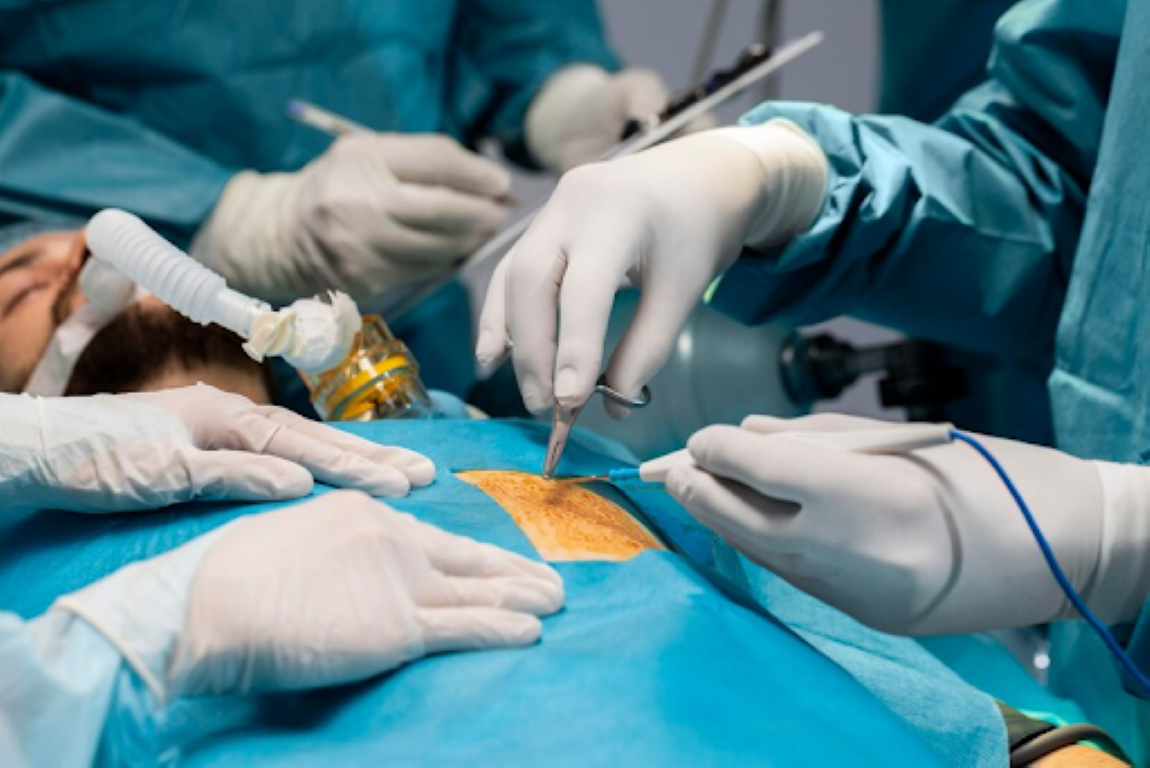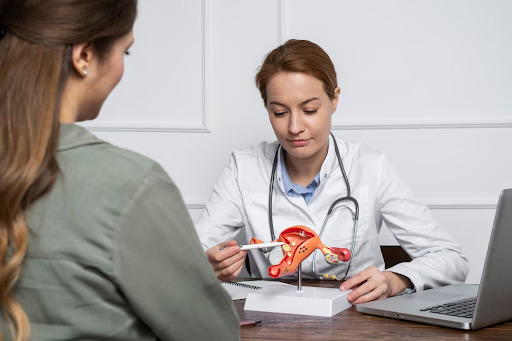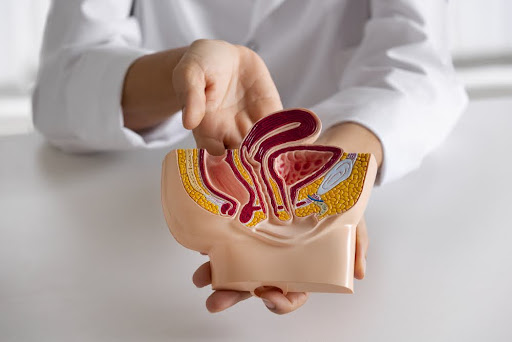Table of Contents:-
When is gallbladder surgery needed? What to expect after gallbladder removal?
When is gallbladder surgery needed?
Among the short-term side effects are:
In general, following surgery, you can:
Suppose various therapies fail to reduce inflammation and pain brought on by gallstones and associated problems. In that case, you need the best gallbladder surgeon in Mumbai for the surgery to remove the stone from the gallbladder is necessary.
Although there are some potential hazards and side effects, gallbladder ectomy is a reasonably standard and safe treatment.
In this blog post, When is gallbladder surgery needed? What to expect after gallbladder removal? Is covered in detail:
When is gallbladder surgery needed?
The gallbladder is located on the upper right side of the belly, directly behind the liver. Bile is stored and released by this tiny, pear-shaped pouch-like organ.
The liver produces bile, a digestive fluid that aids in the body’s fat digestion.
Too much bilirubin, a liver pigment, or too much cholesterol may cause the following gallbladder issues in individuals:
Acute or ongoing inflammation brought on by gallstones or bile duct stones.
The need for gallbladder removal surgery may arise when these symptoms do not go away but instead become unbearable or interfere with daily life.
The removal of the gallbladder is a reasonably common and simple treatment. You can live without a gallbladder and remain healthy.
Procedure
Surgery to remove the gallbladder is referred to medically as a cholecystectomy. This popular, low-risk surgery may provide some relief for gallstone pain sufferers.
Laparoscopic cholecystectomy is often carried out by the best doctor for gallbladder surgery in Mumbai and is less intrusive than other procedures. They make small incisions on the body, implant a tiny video camera, and use specialized surgical tools to remove the gallbladder.
By avoiding a major incision and allowing medical personnel to see and operate inside the abdomen, laparoscopic treatments speed up healing and lower the risk of infection.
An open cholecystectomy, which necessitates a sizable incision to allow medical professionals to view straight into the abdomen, may be necessary for specific circumstances.
Gallbladder surgery recovery
The post-cholecystectomy recovery period varies based on the type of operation.
In any situation, medical staff will advise on how to take care of the wound and keep an eye out for infection during the aftercare period. It is crucial to avoid taking a shower for one or two days after surgery.
Surgery’s potential negative effects
There are typically no long-term side effects after gallbladder removal surgery because you can live a perfectly normal life without one.
Among the short-term side effects are:
Wounds that are swollen, bruised, and painful should start to get better in a few days. Regular pain relievers like paracetamol may help with the agony.
Feeling queasy: The anesthetic or painkillers you were given may have made you queasy, but this should pass fast.
Pain in your stomach and shoulders is caused by the gas used to expand your stomach and should subside after a few days. You can take medicines to ease the discomfort.
Eating high-fiber foods like fruit, vegetables, brown rice, and wholemeal bread will assist in firming up your stools, and your GP may also be able to prescribe medicine to help. Bloating, flatulence, and diarrhea – can linger for a few weeks.
These side effects are entirely typical and typically not cause for alarm.
Getting Back To Normal
When you can resume your regular activities can be specifically advised by your surgeon.
In general, following surgery, you can:
Eat normally right away. You could resume your normal diet even if you were told to stay away from specific foods before your surgery. However, it would be best if you attempted to have a generally healthy and balanced diet (read more about diet after gallbladder surgery)
Walking is a mild workout, but you should be careful not to push yourself too hard too soon. Ask your doctor or surgeon before starting a more intense exercise program.
After a week or so, you can resume driving, but first, make sure you can practice an emergency stop without experiencing any pain.
Depending on the nature of your profession, you can return to work after 7 to 14 days.
Returning to these activities after open gallbladder removal surgery may require a little more time.
For around 6 to 8 weeks, for example, you might not be allowed to drive or return to work.
Discover the tests and procedures Best Bariatric Surgeon Centre offers to aid in managing, detecting, and treating gallbladder problems; they have the best doctor for gallbladder surgery in Mumbai.
Also Read:- Best Hospitals for Gallbladder Surgery in Mumbai Based on Cost and Quality.





